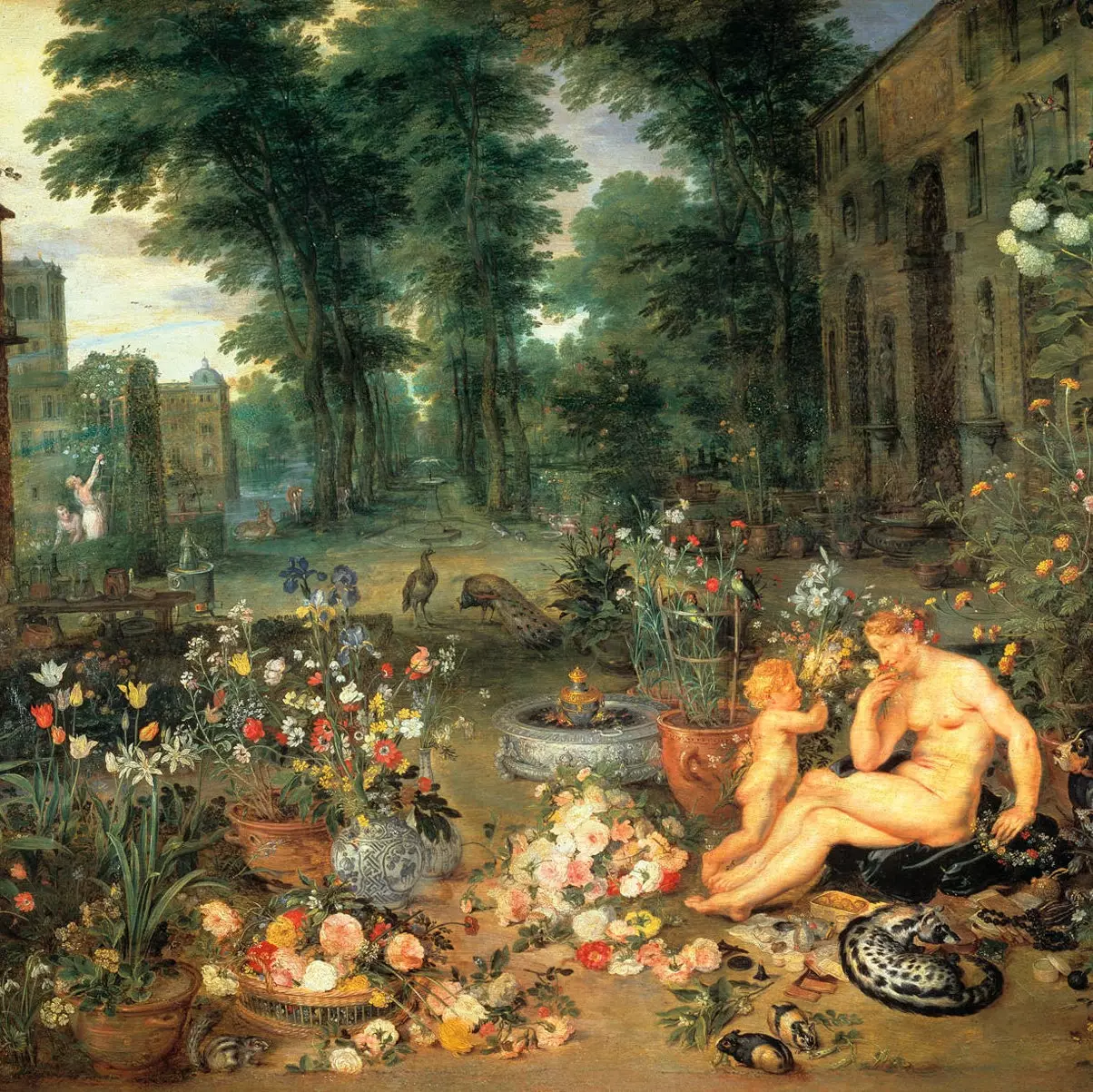
The Smell (Jan Brueghel the Elder and Rubens)
Do you know how many different plants are in the paintings in the Prado Museum? Say a number. And what would you say is the most represented flower? Write it down. And the painting with more vegetation? Read on and we'll clear up the unknowns because there's a good story behind it.
some years ago Edward Beard a ticket to the Prado Museum . He had been traveling abroad for a long time, and when he returned he realized that he hardly knew the museums of his city.
He's gardener by profession, but also passionate about art, and this combination made him enter the Prado in a very different way than most. Of the pictures he looked at roses, dahlias, ficus or begonias. In lemon trees, geraniums, olive trees or mimosas. And he started writing down and then cataloging all these flowers and plants.
First conclusion: Of the 1,700 works in the Prado, 1,050 have plant motifs. A brown cypress tree dead from some disease in the garden of Fortuny's house; an apothecary rose in the hands of Maria Tudor, painted by Antonio Moro; a dandelion in the Triptych of Redemption; a fig tree forming its fruit in Fra Angelico's The Annunciation; more than 70 plants in The Smell, by Jan Brueghel the Elder and Rubens; borage, columbine and dragon tree among many others in the Triptych of the garden of earthly delights… And so on until he goes to every possible corner and gets to know, as he himself explains, “from the cleaning staff to the director”.
Many hours of exhaustive work that he now collects in the book The meadow garden (Spawn), a botanical walk through the interior of this museum that has just turned 200 years old and of which we still have much to discover.
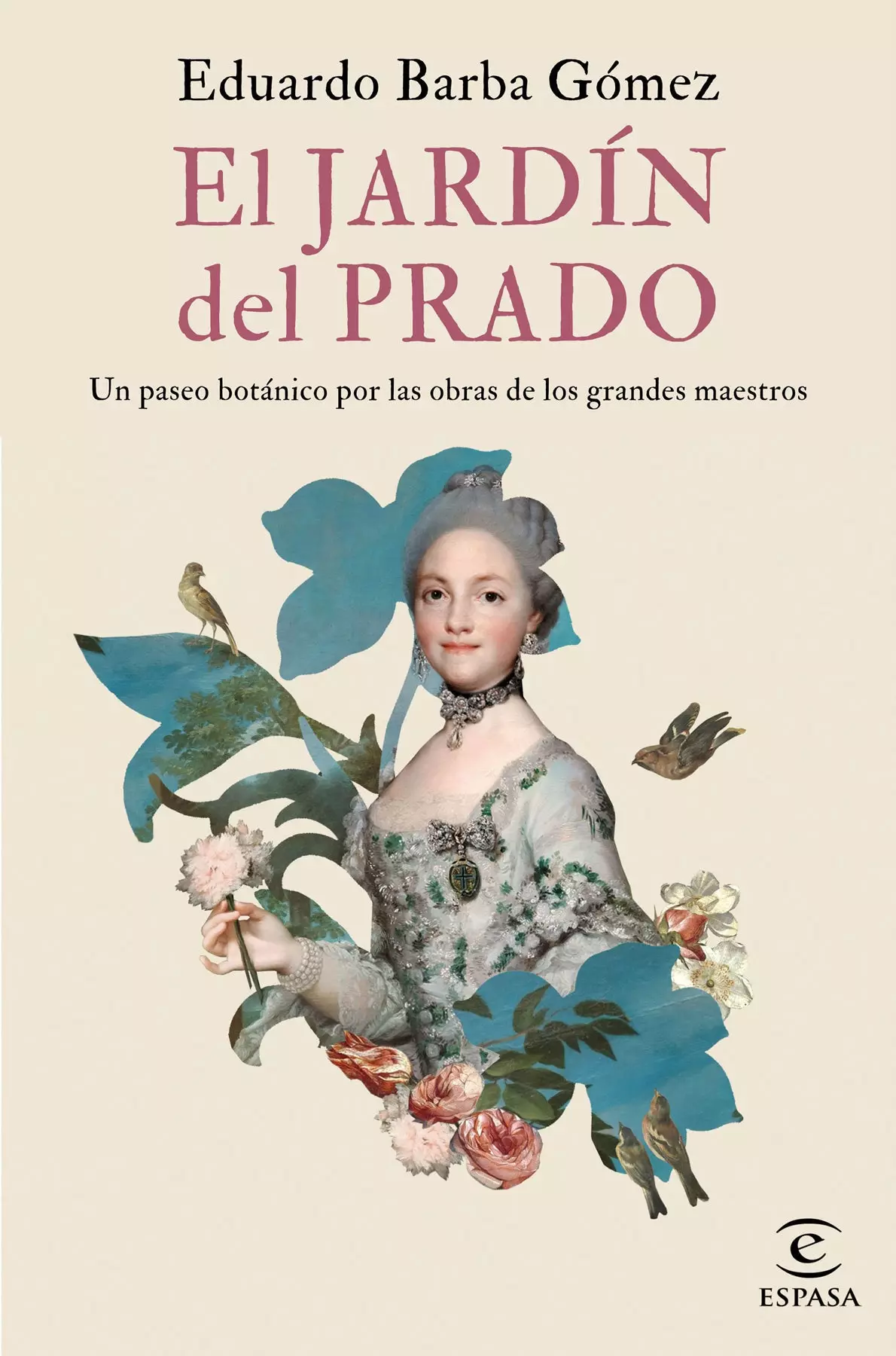
The Prado Garden: a botanical walk through the works of the great masters
THE NUMBER ONE
Eduardo Barba himself explains in the book that “The rose is the flower that appears the greatest number of times in the Prado. It shines in a multitude of different situations, in vases, garlands, in crowns and on the chest of the characters, or growing in gardens, convent patios or landscapes”. But he – he warns us – “ivy is the most represented species”.
Because, although there are roses everywhere, they are of different species and varieties. “The list is followed stone pine (usual in frame backgrounds), the laurel (in more than 70 works of art), the vine, the lily, the violet or the carnation" , point
And “if there is an artist in the Prado Museum to whom we have to hang the medal to display the greatest illustrated botanical variety, that is Jan Bruegel the Elder. Of the more than 500 plant species and varieties that we have in the collection, practically 200 of them have been illustrated by this painter, some exclusively”.
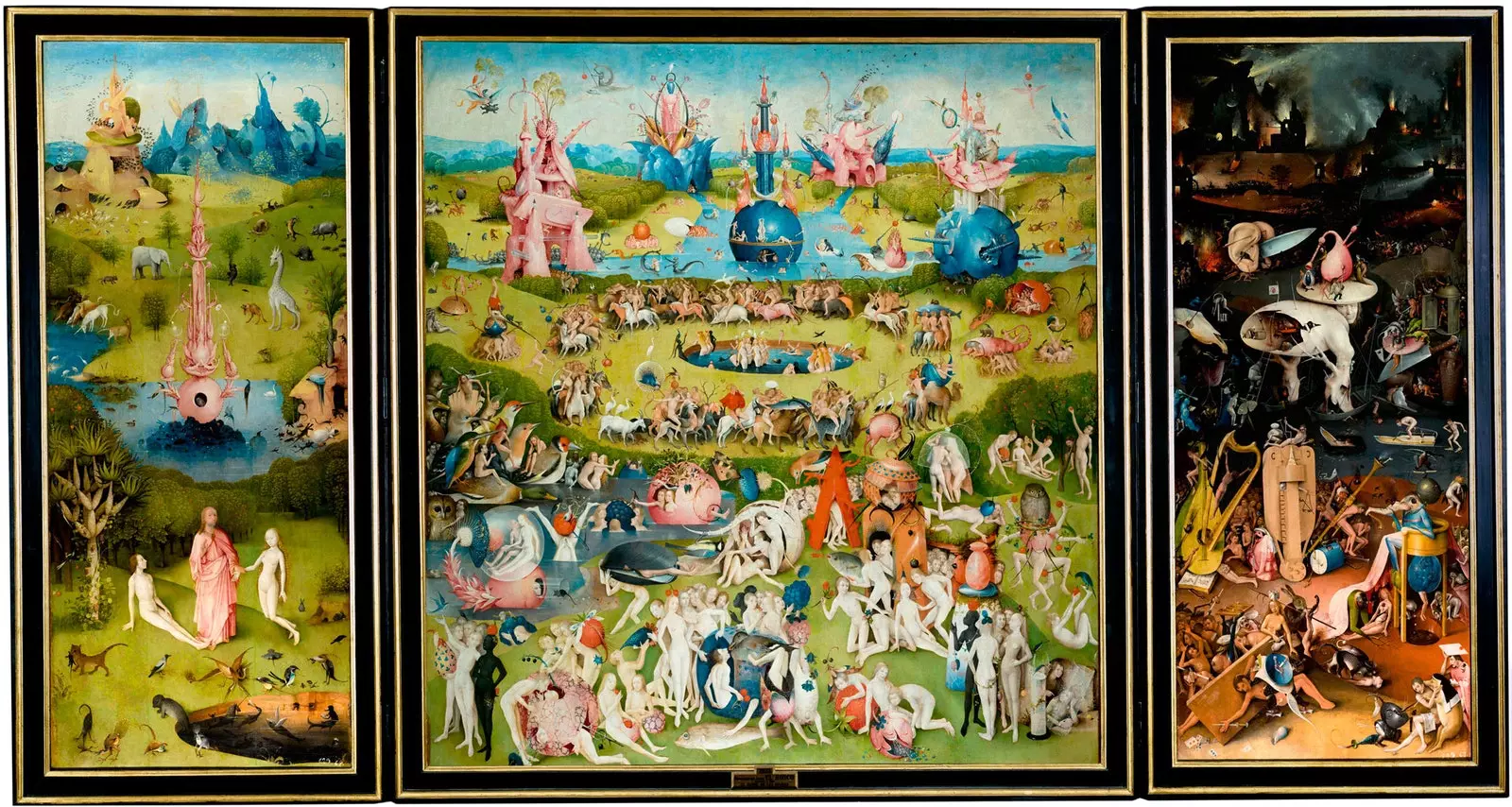
The Garden of Earthly Delights (El Bosco)
And why until now we had not noticed all this? The fault -says Eduardo Barba- lies with the plant blindness . “A term created in the United States in the late 1990s to indicate how people are capable of not paying the slightest attention to the botany that surrounds us incessantly, even being in the middle of a forest”.
Eduardo, of course, this does not happen. He notices everything and this is probably why when he detects a plant that interests him, it may happen that he picks one up wherever he is. and travel with him through France, Belgium and the Netherlands before arriving back in Madrid.
To keep him alive he has the system of him. “During the weeks that the trip lasts, the same ritual is reproduced every night: I open the airtight bag that is inside the cardboard tube, I unroll the moist paper that hydrates the cuttings, I take a glass with a little water and I look for the place with the best lighting so that the next morning I take all the energy while I walk around the city”.
His passion has also led him to write down the names of all celebrities who at some point have said they wanted to be gardeners.
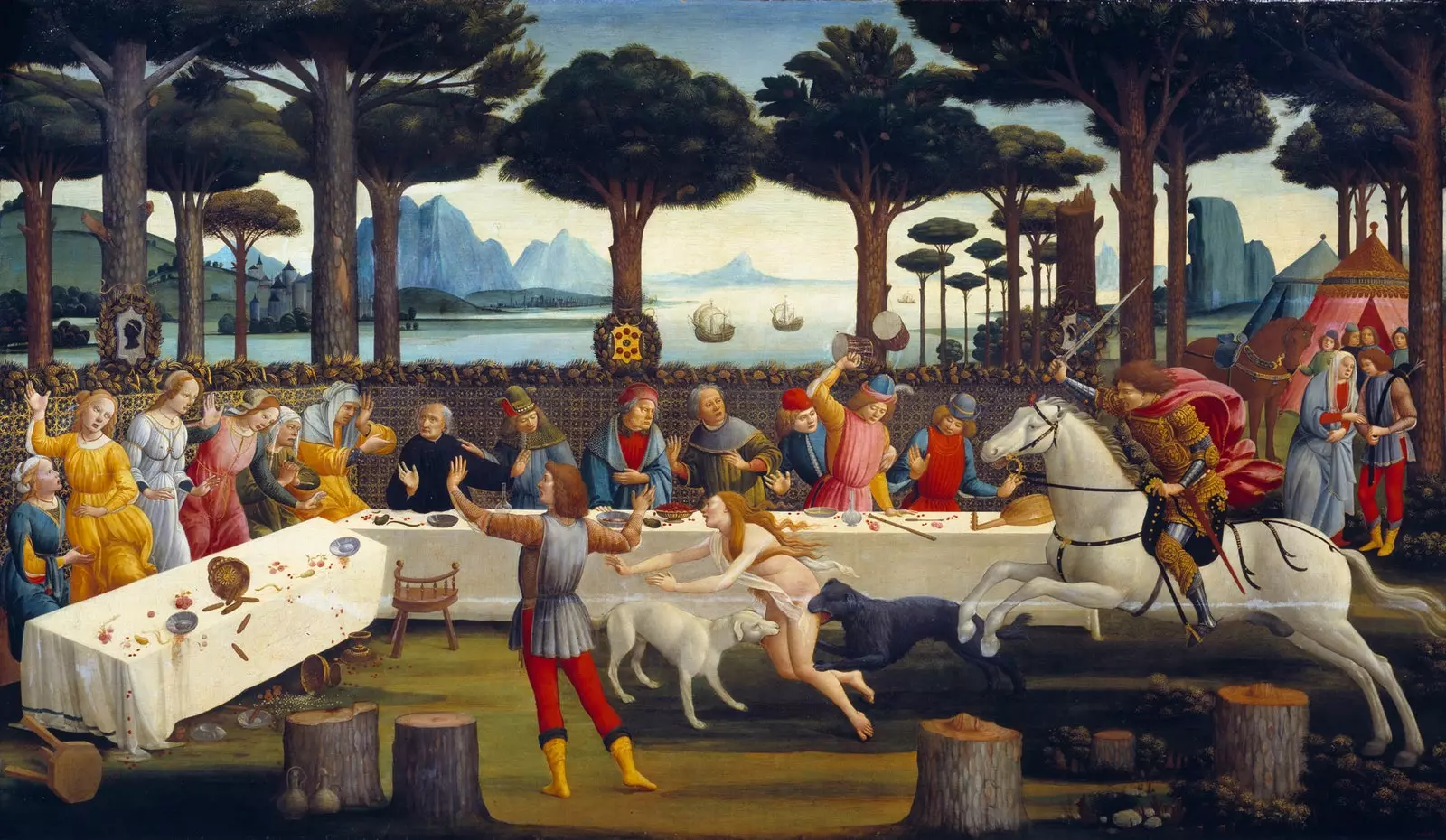
Scenes from The Story of Nastagio degli Onesti (Sandro Botticelli)
NAMES OF ALL KINDS
Another of the things we discover in El Jardín del Prado is the great variety of names with which a plant can be known. In the case of cimbalaria , for example, is also called wall moth, bell tower grass, ruin, wall vine, pulp board, Manzanares serpecilla, veil of the Virgin, melena or mischievousness.
Yarrow is the herb of wounds, that of the soldier, or of the military , surely for its medicinal properties. Speaking of properties, did you know that the columbine – which appears in the Triptych of the Garden of Earthly Delights – was used in the Middle Ages as a male aphrodisiac? We have the details in the book. Or what borage flower According to Dioscorides and Pliny, was he able to bring joy to men and women and drive away all sadness?
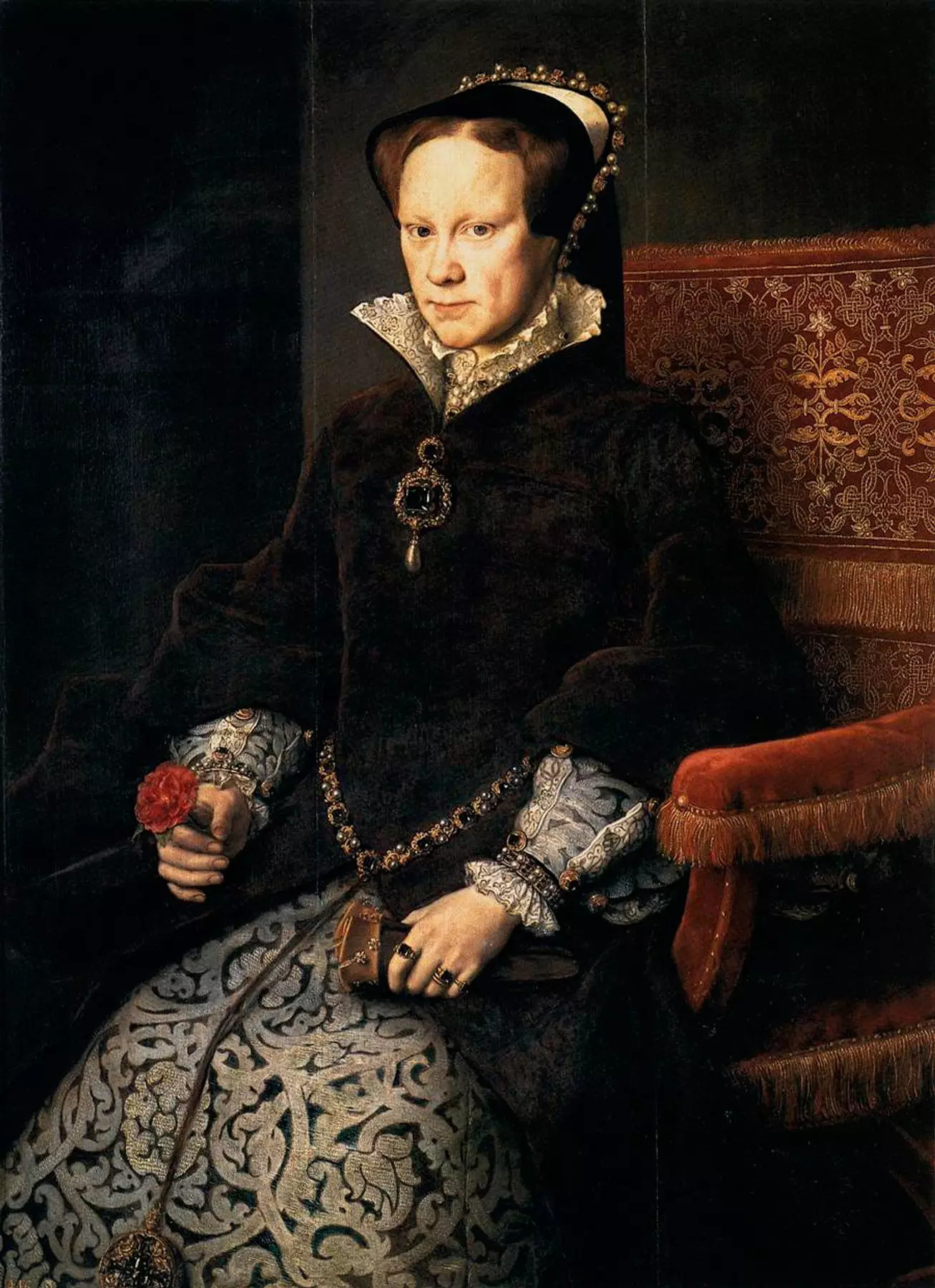
Portrait of Mary Tudor (work by Antonio Moro), with the Rose of Apothecaries
AND WITH WHICH PLANT DO WE STAY AT HOME?
And since we talked to this expert, we took the opportunity to ask him what plant can we have at home successfully. In fact, all the ones he talks about in the book can grow in a pot on a balcony.
But answering our question points to the Sansevieria: “If it dies, you are doing many things very wrong. But if you die, you will also learn many things. It is a plant that It needs little light, it does not have to give it direct sunlight. And you also have to let the substrate dry completely every time you water it again. Other options are an elastic ficus or the typical poto. Plants all of them very resistant… just like the tapes that our grandmothers had”.
We end with a phrase that Eduardo Barba collects in the book. It is from the scientist Carlos Linnaeus: "If you ignore the names of things, what you know about them also disappears."
And this Barba repeats to his students: "If we are not even able to mention the trees that give us shade on the streets on the way home, we will not care about the trees tomorrow." With El Jardín del Prado we will be a little less ignorant.
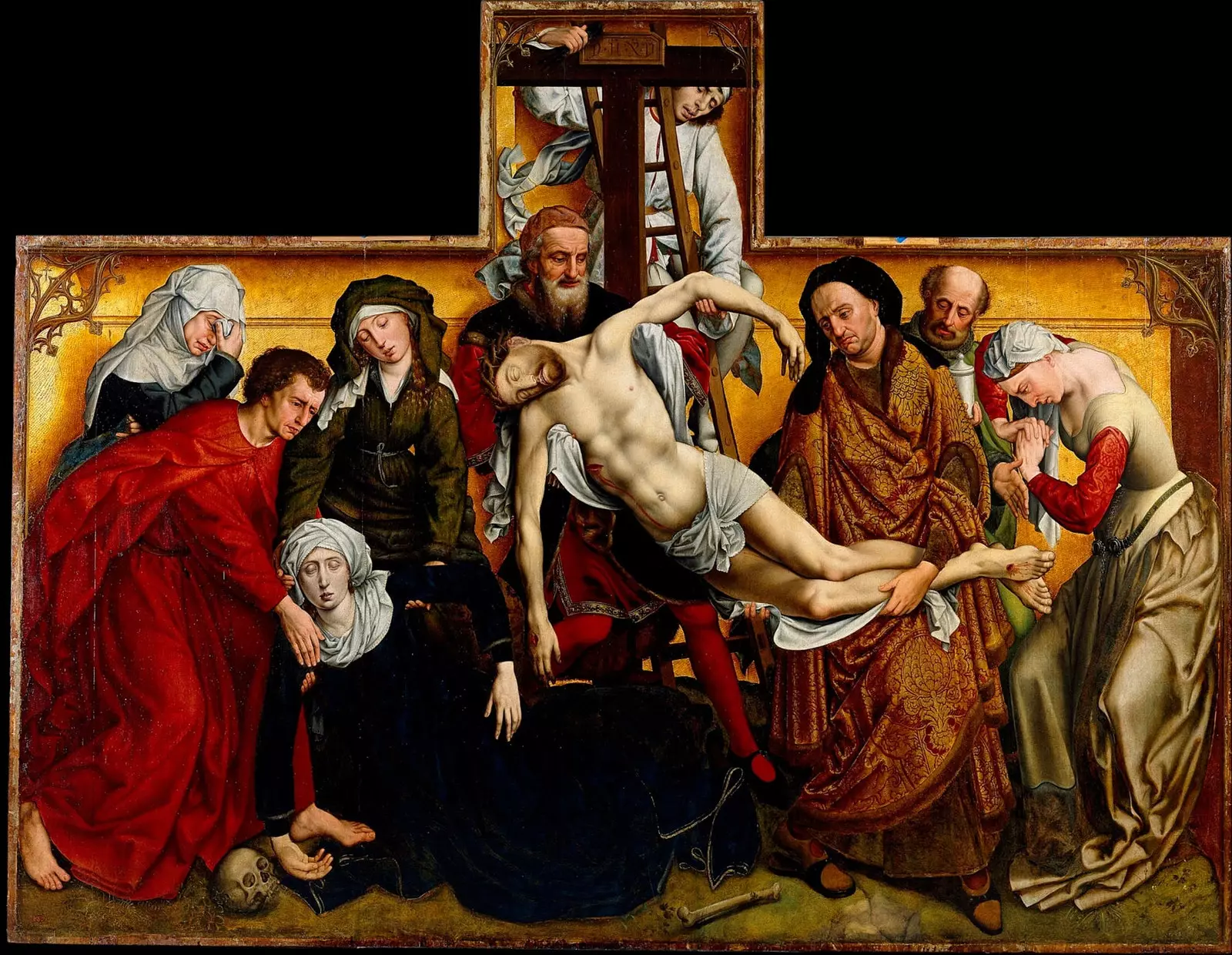
The Descent from the Cross is considered the masterpiece of the Flemish painter Rogier van der Weyden
